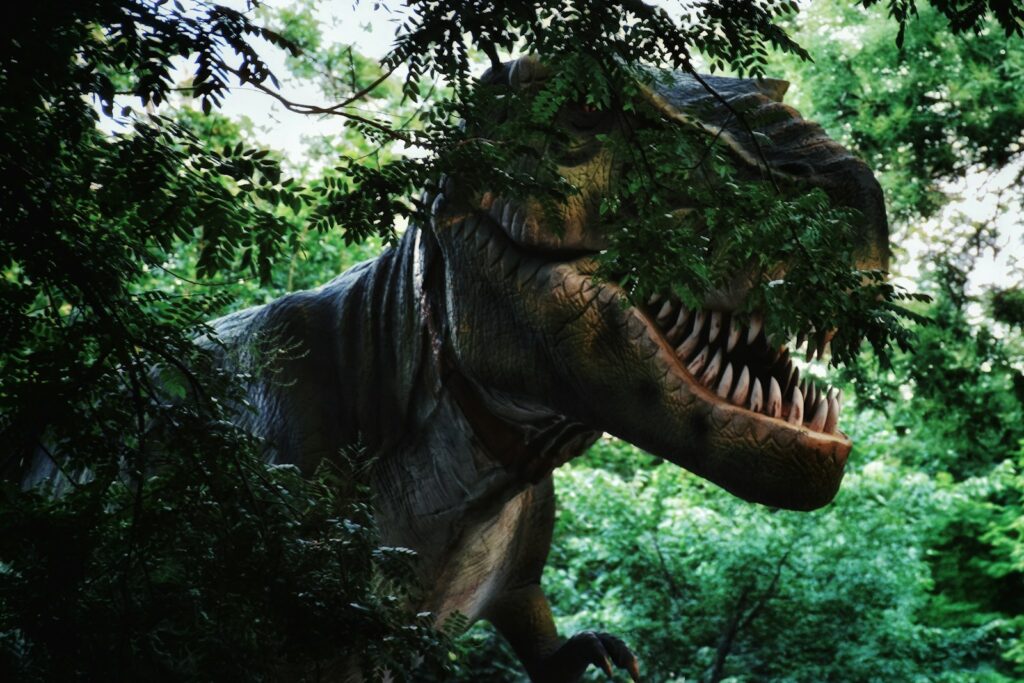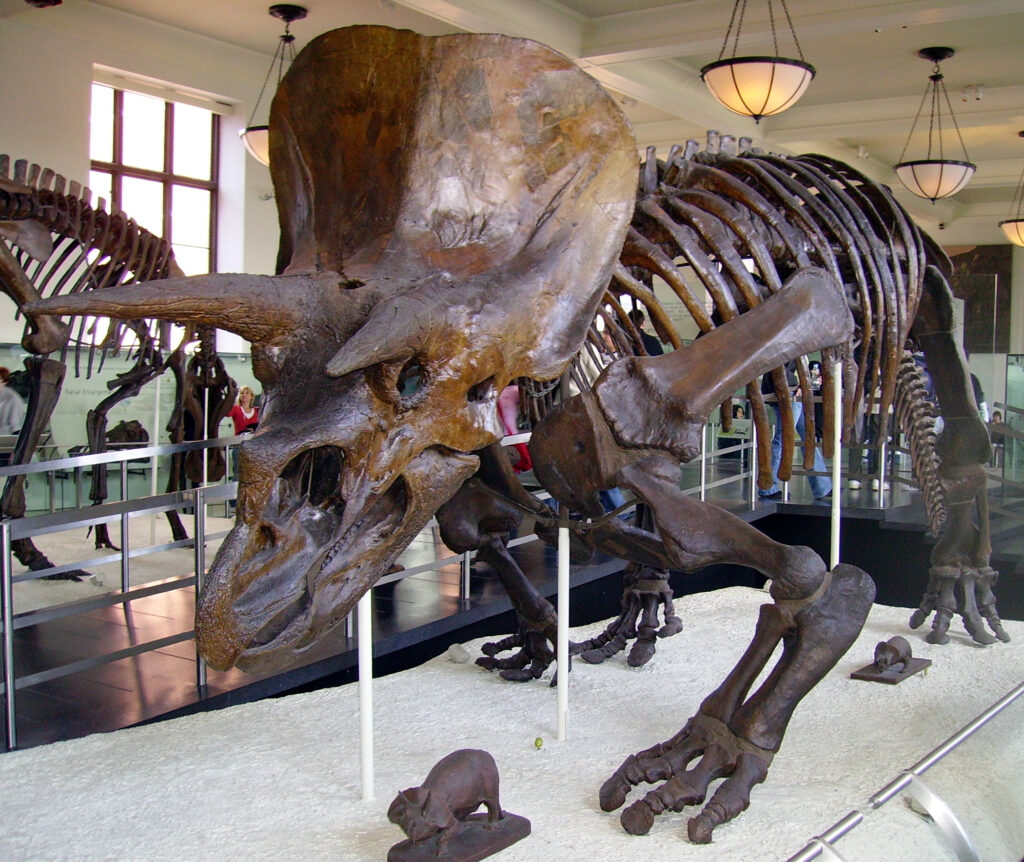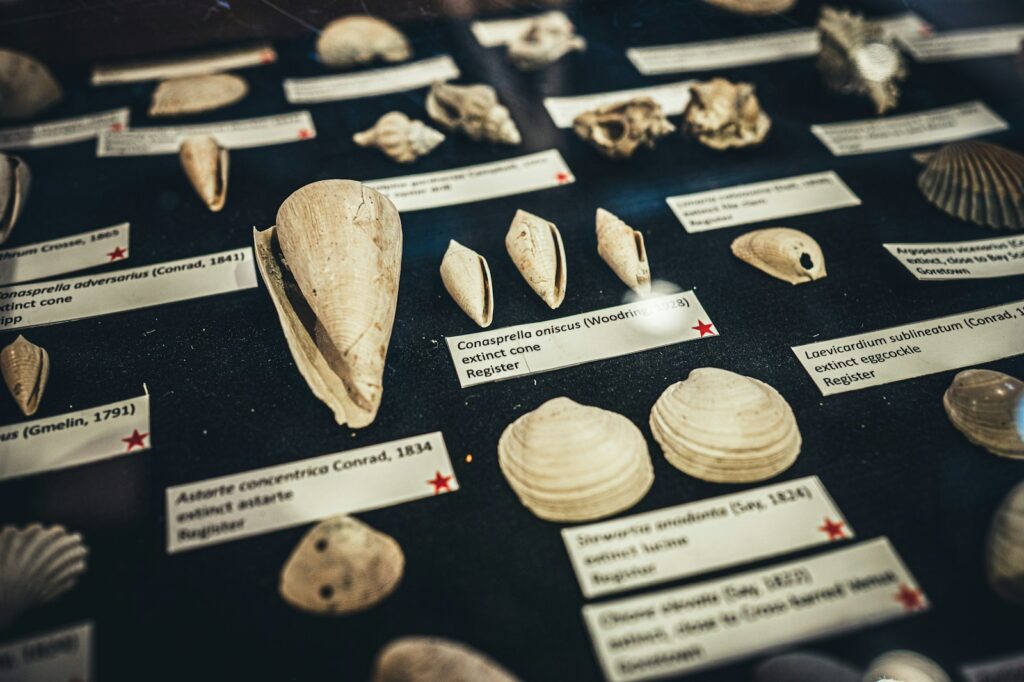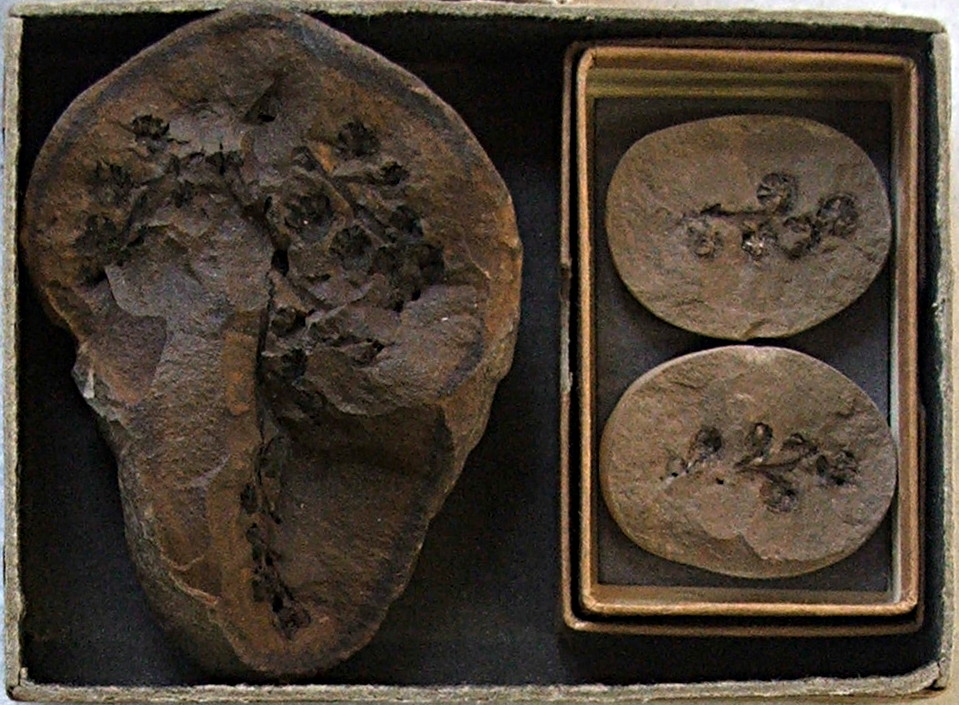The discovery of dinosaur fossils in the early 19th century forever changed our understanding of Earth’s history and the evolution of life. When the first formal scientific descriptions of these mysterious creatures emerged, they triggered reactions ranging from disbelief and religious opposition to scientific excitement and heated debates. The journey from puzzling bone fragments to the recognition of an entirely new class of extinct animals represents one of science’s most fascinating chapters. This article explores how the scientific community and broader society responded to these revolutionary findings that would eventually captivate human imagination worldwide.
The Puzzling Early Discoveries
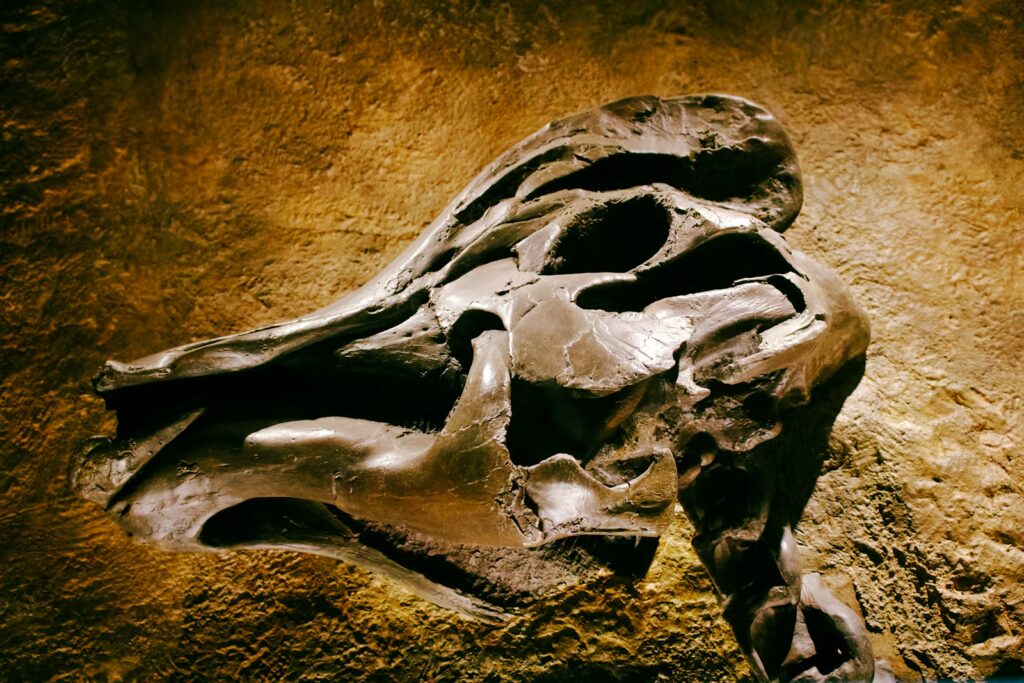
Before dinosaurs were formally named and classified, various fossil bones had been unearthed across Europe, causing considerable confusion among naturalists. In England, large teeth and bones discovered in quarries were often attributed to giants, elephants brought by Romans, or victims of the Biblical flood. When Mary Anning discovered complete ichthyosaur and plesiosaur skeletons in the early 1800s along the Dorset coast, scientists began reconsidering their understanding of prehistoric life. These marine reptiles weren’t dinosaurs, but they helped establish the concept that strange, extinct creatures once inhabited Earth. The scientific community initially struggled to interpret these findings within existing frameworks of knowledge, often assigning fossils to known animal groups despite obvious anatomical discrepancies. This period of confusion set the stage for the dramatic reactions that would follow the first formal dinosaur descriptions.
William Buckland and Megalosaurus
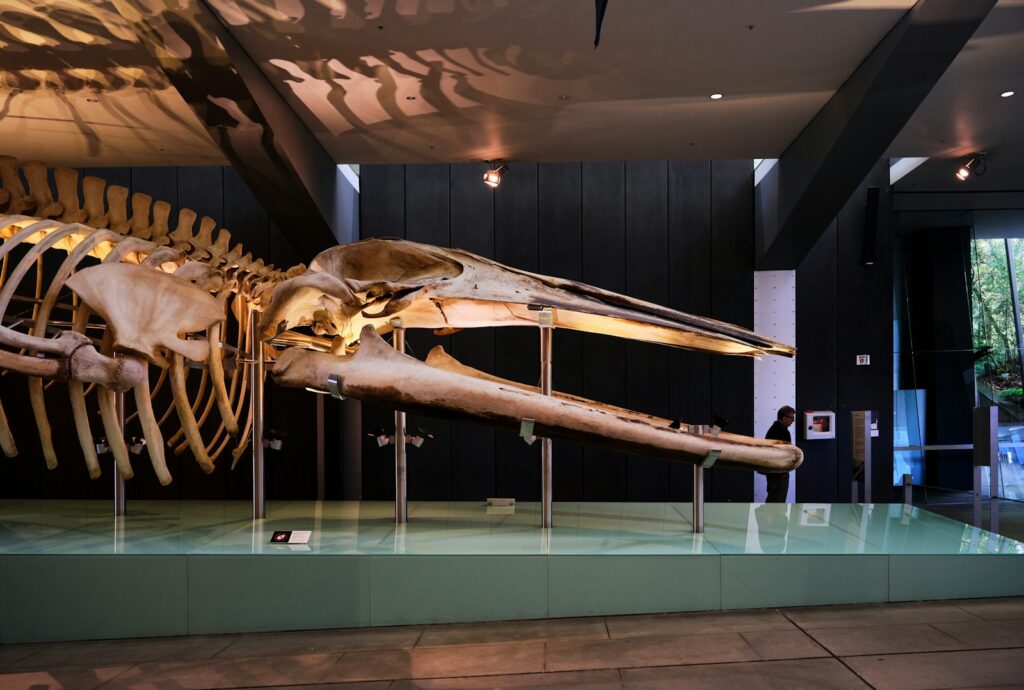
In 1824, Reverend William Buckland presented the first scientific paper describing what would later be classified as a dinosaur fossil – Megalosaurus. As an Oxford professor and theologian, Buckland attempted to reconcile his religious beliefs with emerging geological evidence, suggesting these creatures existed before humans but still within a Biblical timeframe. His presentation at the Geological Society of London generated significant interest, though many colleagues remained skeptical about his interpretations of the massive jawbone and other fragments. Buckland initially described Megalosaurus as a gigantic lizard approximately 40 feet long, comparing it to modern monitor lizards but massively scaled up. His contemporaries questioned whether such enormous reptiles could have functionally existed, with some suggesting the bones might represent multiple animals incorrectly assembled. Despite these doubts, Buckland’s description represented the first step toward recognizing dinosaurs as a distinct group of prehistoric animals.
Gideon Mantell’s Struggle for Recognition
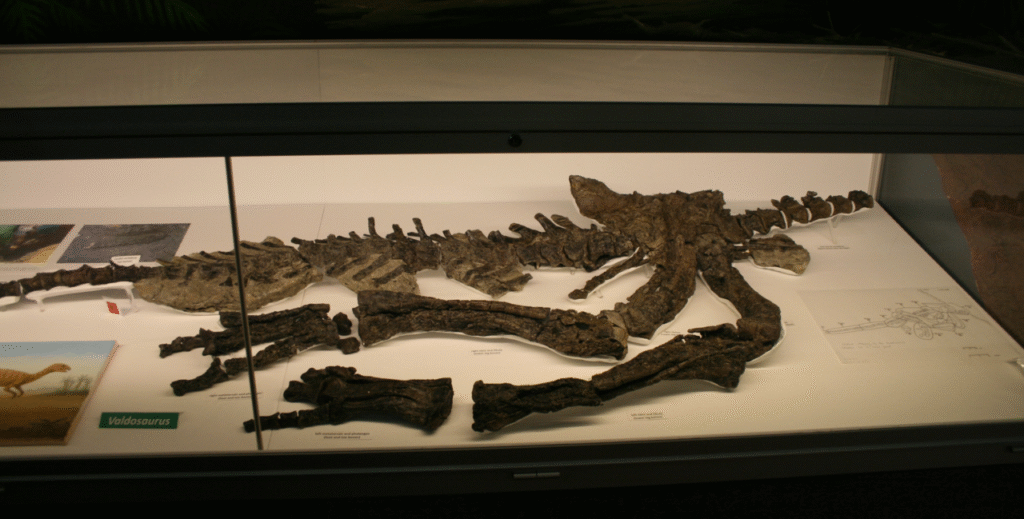
The story of Gideon Mantell illustrates the often hostile reception that early dinosaur discoveries faced within the scientific establishment. After his wife discovered unusual teeth in Sussex in 1822, Mantell spent years trying to identify them, facing rejection and ridicule from prominent scientists. The respected anatomist Georges Cuvier initially dismissed Mantell’s specimens as belonging to a rhinoceros. When Mantell finally published his description of Iguanodon in 1825, established figures like Richard Owen remained skeptical of his findings and interpretations. As a provincial doctor without elite scientific connections, Mantell struggled for acceptance within London’s scientific societies, which were dominated by gentleman scholars. His financial sacrifices to pursue paleontology eventually cost him his medical practice and marriage, demonstrating the personal toll of challenging scientific orthodoxy. Despite these obstacles, Mantell’s perseverance significantly advanced early dinosaur research, though he would not live to see his contributions fully appreciated.
The Religious Backlash
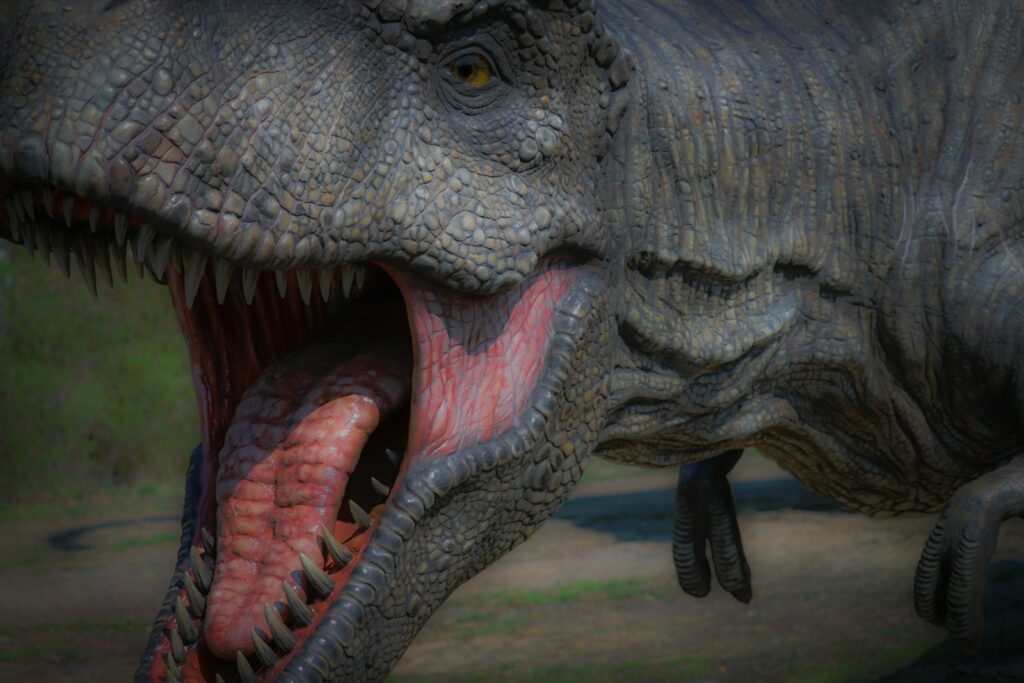
The discovery of dinosaurs and other extinct creatures triggered significant religious opposition in the early 19th century. Many religious authorities viewed these findings as direct challenges to Biblical creation accounts and the accepted age of Earth. Catastrophists like Buckland attempted to incorporate dinosaurs into religious frameworks by suggesting they perished during Noah’s flood, preserving both scientific observation and Biblical inerrancy. Other religious scholars proposed that God had created and destroyed multiple worlds before the current one, positioning dinosaurs as inhabitants of these previous creations. Some clergy rejected the fossils entirely, dismissing them as either misidentifications or deliberate hoaxes planted by Satan to test believers’ faith. The religious controversy intensified as more complete specimens emerged and estimates of Earth’s age expanded from thousands to millions of years. This tension between scientific discovery and religious doctrine would continue throughout the century, reaching its peak with the publication of Darwin’s theory of evolution.
The Crystal Palace Dinosaurs and Public Reaction
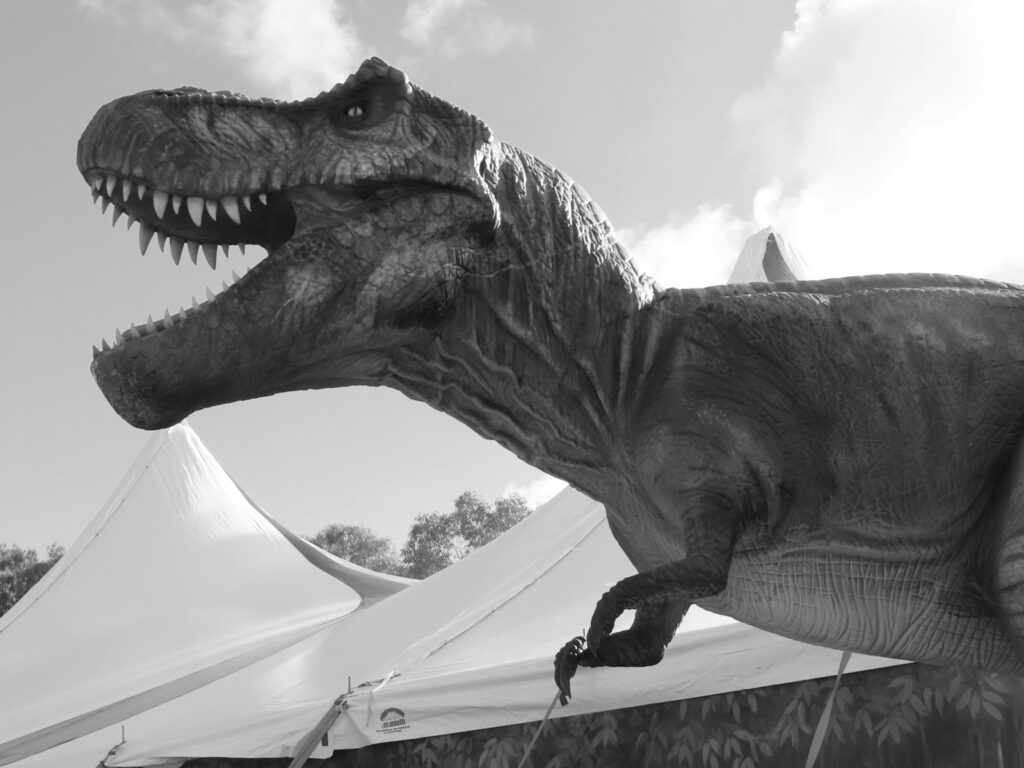
The 1854 unveiling of Benjamin Waterhouse Hawkins’ life-sized dinosaur sculptures at Crystal Palace Park represented a pivotal moment in public awareness of dinosaurs. Created under Richard Owen’s direction, these concrete behemoths—depicting Megalosaurus, Iguanodon, and other prehistoric creatures—were the first attempt to visualize dinosaurs for general audiences. Their debut sparked enormous public fascination, with Queen Victoria and Prince Albert attending a dinner party held inside the unfinished Iguanodon model before the exhibition opened. Newspaper coverage oscillated between sensationalism and skepticism, with some publications marveling at these “antediluvian monsters” while others questioned whether scientists had sufficient evidence to recreate such creatures accurately. The sculptures reflected the scientific understanding of the time, portraying dinosaurs as massive, quadrupedal reptiles rather than the more dynamic animals we recognize today. Despite their anatomical inaccuracies by modern standards, these models played a crucial role in bringing dinosaur science into popular culture and generating public support for paleontological research.
Richard Owen and the Term “Dinosauria”

In 1842, anatomist Richard Owen forever changed paleontology by coining the term “Dinosauria” (terrible lizards) to classify Megalosaurus, Iguanodon, and Hylaeosaurus as a distinct group of extinct reptiles. Owen’s taxonomy represented both scientific insight and professional ambition, as it helped establish his authority in the emerging field of paleontology. His recognition that these creatures possessed unique anatomical features not found in living reptiles—including specialized hip structures and upright limb positions—demonstrated remarkable observational skills, though he incorrectly characterized them as advanced, mammal-like reptiles rather than evolutionary predecessors. Many colleagues initially resisted Owen’s classification, questioning whether the limited fossil evidence justified creating an entirely new taxonomic group. Owen’s combative personality and tendency to claim credit for others’ discoveries generated additional skepticism about his conclusions, even when scientifically sound. Despite these controversies, his conceptual framework for understanding dinosaurs as a unified group gradually gained acceptance, fundamentally reshaping how scientists approached prehistoric reptile fossils.
The Bone Wars: Scientific Rivalry Intensifies
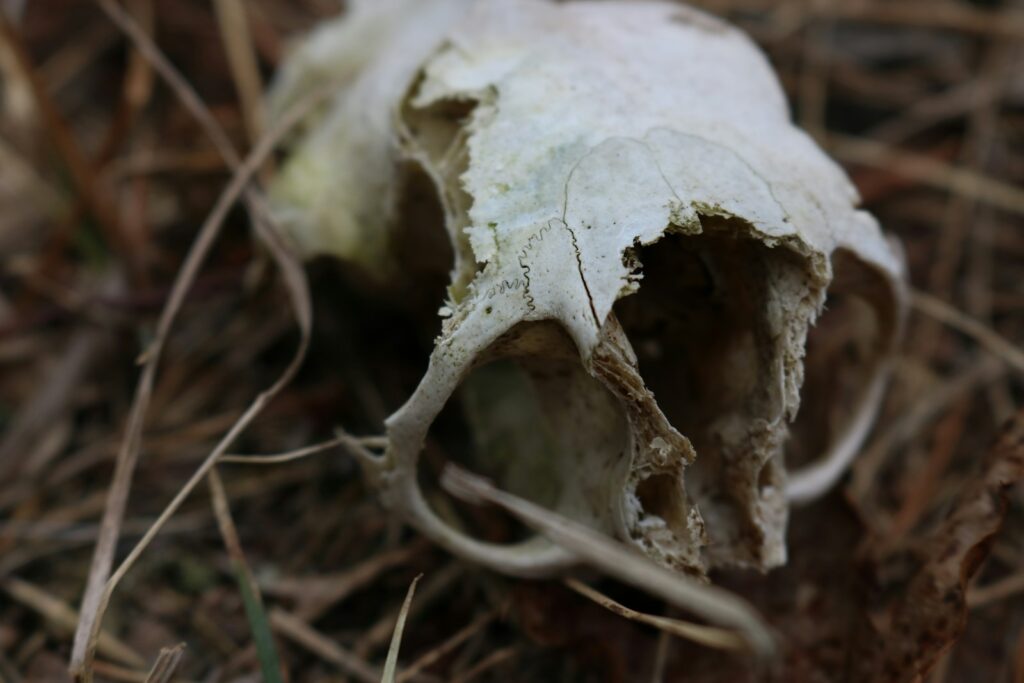
The discovery of rich dinosaur fossil beds in the American West sparked one of the most notorious scientific rivalries in history—the “Bone Wars” between paleontologists Othniel Charles Marsh and Edward Drinker Cope. Beginning in the 1870s, their initially collegial relationship deteriorated into bitter competition, with each racing to name new species, stealing from each other’s dig sites, bribing workers, and publicly criticizing each other’s research. This fierce rivalry dramatically accelerated dinosaur discovery, with the scientists collectively describing over 130 new species including iconic dinosaurs like Stegosaurus, Allosaurus, and Diplodocus. Their competition captured public imagination through newspaper coverage that often sensationalized their findings and personal conflicts. The scientific community responded with mixed emotions—appreciating the wealth of new specimens while growing increasingly concerned about ethical breaches and hasty, sometimes inaccurate classifications. The Bone Wars demonstrated how personal ambition shaped early dinosaur research, establishing American paleontology as a field while simultaneously damaging its scientific credibility through rushed publications and duplicate naming of species.
European Skepticism Toward American Discoveries
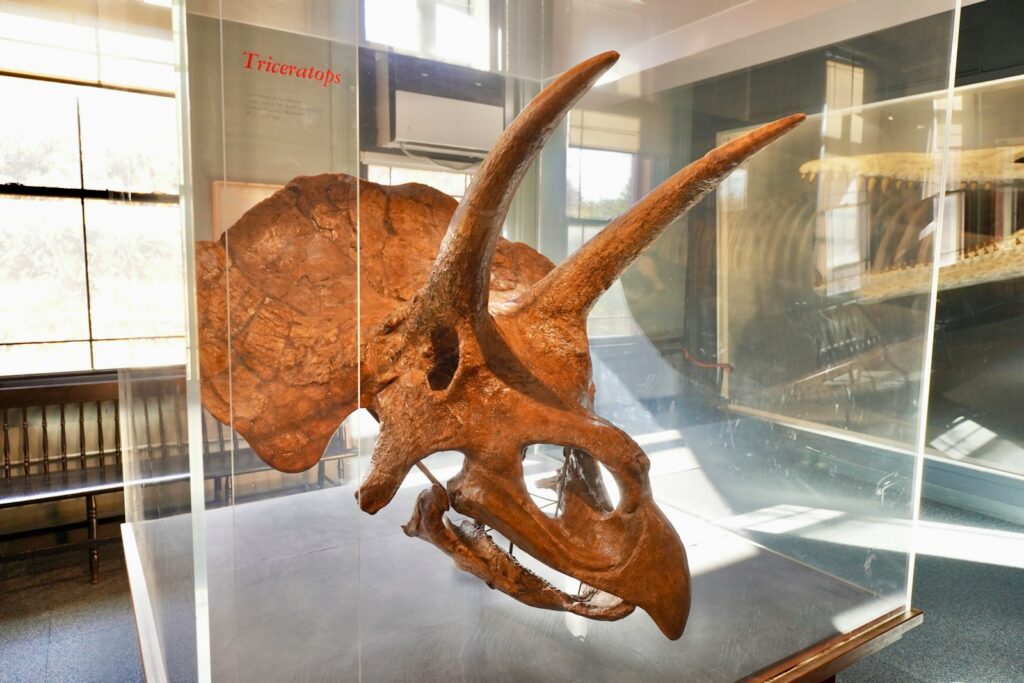
American dinosaur discoveries from the late 19th century faced considerable skepticism from established European paleontologists, who questioned both the methodologies and conclusions of their American colleagues. When Marsh described gigantic sauropods like Diplodocus and Brontosaurus, many European scientists expressed doubts about whether such massive animals could have functionally existed, suggesting the reconstructions must be anatomically incorrect. The rushed nature of American excavations during the Bone Wars—prioritizing quantity over careful documentation—provided ammunition for European critics who championed more methodical approaches. British and German paleontologists frequently suggested that American researchers were assembling chimeric creatures from unrelated bone fragments in their eagerness to name new species. This transatlantic tension reflected broader scientific rivalries between established European institutions and emerging American museums competing for prestige in the field. The donation of Diplodocus casts to European museums in the early 1900s helped bridge this divide by allowing European scientists to directly examine these controversial specimens, gradually convincing them of the validity of many American discoveries.
Shifts in Scientific Understanding

The interpretation of dinosaur biology underwent dramatic revisions in the decades following their initial discovery, reflecting broader changes in scientific thought. Early researchers like Owen envisioned dinosaurs as slow, lumbering reptiles that dragged their tails on the ground—a view reflected in the Crystal Palace sculptures and early museum mounts. This interpretation aligned with prevailing Victorian-era perspectives that positioned modern mammals (particularly humans) as evolutionary improvements over “primitive” reptiles. The late 19th century discovery of more complete specimens with specialized adaptations challenged these assumptions, revealing creatures with diverse lifestyles and capabilities. Thomas Henry Huxley’s identification of similarities between dinosaurs and birds in the 1860s represented a particularly revolutionary insight, though it faced strong resistance from colleagues who considered reptiles and birds fundamentally distinct groups. Each new specimen forced scientists to reconsider previous assumptions, gradually revealing dinosaurs as more dynamic, diverse, and specialized than initially believed. These evolving interpretations demonstrate how dinosaur science has consistently challenged researchers to question their preconceptions about prehistoric life.
The Influence of Contemporary Animals on Interpretation

Early paleontologists heavily relied on living animals as reference points when interpreting dinosaur fossils, often with misleading results. Gideon Mantell named Iguanodon after noting microscopic similarities between its teeth and those of modern iguanas, incorrectly assuming the extinct animal resembled a scaled-up version of the living lizard. This comparative approach led scientists to reconstruct dinosaurs with sprawling limbs like modern reptiles, despite anatomical evidence suggesting more upright postures. The discovery of large flightless birds in recently explored territories provided alternative models, with Huxley noting similarities between Compsognathus and the newly-documented moa of New Zealand. Scientists frequently disagreed about which modern analogues were most appropriate, with some emphasizing reptilian characteristics while others noted bird-like or even mammalian features. These debates reflected both genuine interpretive challenges and deeper philosophical disagreements about evolutionary relationships. As comparative anatomy advanced and more complete skeletons were discovered, scientists gradually developed more accurate reconstructions less constrained by modern analogues, though the tension between reptilian and avian interpretations would continue well into the 20th century.
Dinosaurs and Darwinian Evolution
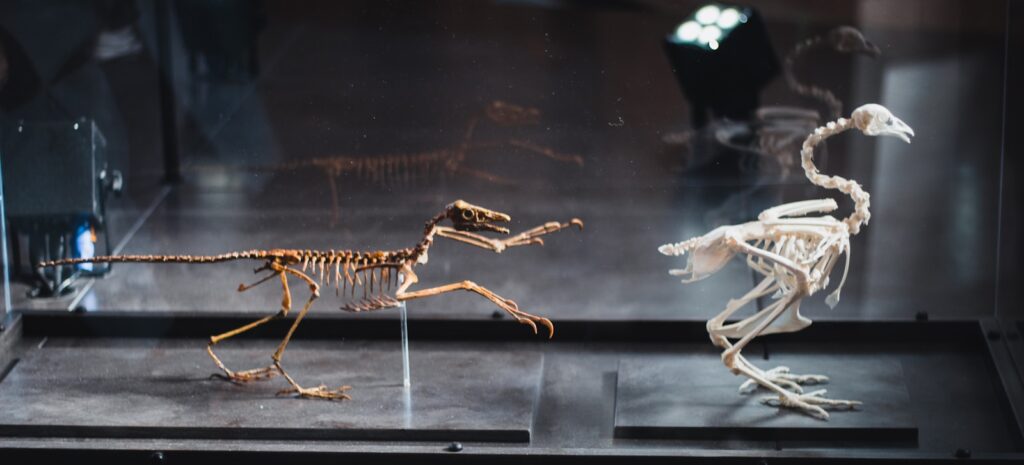
The timing of major dinosaur discoveries coincided with the development and controversial reception of Darwin’s evolutionary theory, creating complex interactions between these scientific developments. When Darwin published “On the Origin of Species” in 1859, paleontologists were still working to understand dinosaur relationships and biology. For evolutionary proponents, dinosaurs offered compelling evidence of extinction and biological change over time, directly challenging static creationist views of life’s history. Thomas Henry Huxley, Darwin’s most vocal defender, specifically cited dinosaur-bird similarities as evidence for evolutionary transitions between major animal groups. Opponents of evolution, including Richard Owen, interpreted dinosaurs quite differently, viewing them as evidence of separate divine creation events rather than evolutionary precursors. Many religious scientists developed compromise positions, accepting dinosaurs’ existence while rejecting Darwinian mechanisms, suggesting instead that these creatures represented earlier, distinct creation periods. As the evidence for dinosaur diversity and adaptation accumulated, it became increasingly difficult to reconcile with non-evolutionary frameworks, gradually shifting scientific consensus toward evolutionary interpretations despite continued public controversy.
From Scientific Curiosity to Public Fascination
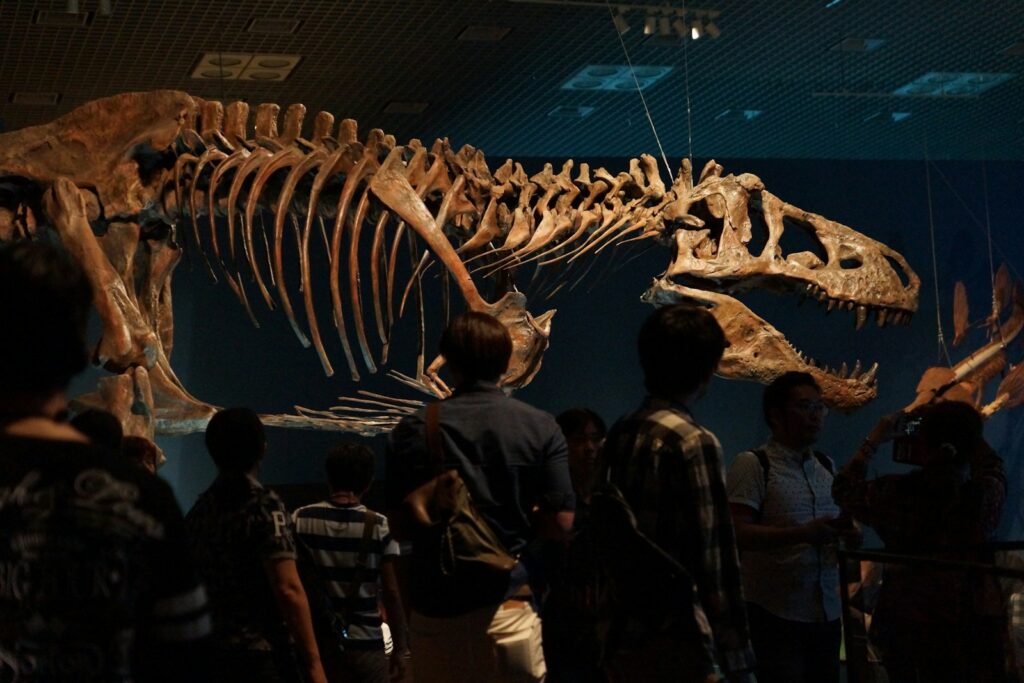
The transformation of dinosaurs from obscure scientific specimens to cultural phenomena began in the late 19th century, driven by museum exhibitions, popular publications, and entrepreneurial scientists. The American Museum of Natural History’s 1905 mounting of Brontosaurus represented a watershed moment, creating the first complete, freestanding dinosaur skeleton display that attracted unprecedented public attendance. Wealthy industrialists like Andrew Carnegie funded dinosaur expeditions and donated spectacular mounted skeletons to museums worldwide, elevating paleontology’s public profile while advancing American cultural influence. Illustrated magazines like Scientific American and Popular Science brought dinosaur discoveries into middle-class homes, with increasingly dramatic artistic reconstructions capturing public imagination. Scientists themselves contributed to this popularization, with paleontologists like Barnum Brown cultivating larger-than-life public personas as “dinosaur hunters.” This growing public fascination generated crucial financial support for paleontological research while simultaneously creating pressure to emphasize spectacular discoveries over methodical scientific work. The scientific community expressed mixed reactions to this popularization—appreciating increased funding and institutional support while sometimes worrying that sensationalism undermined scientific accuracy.
The Legacy of Early Reactions
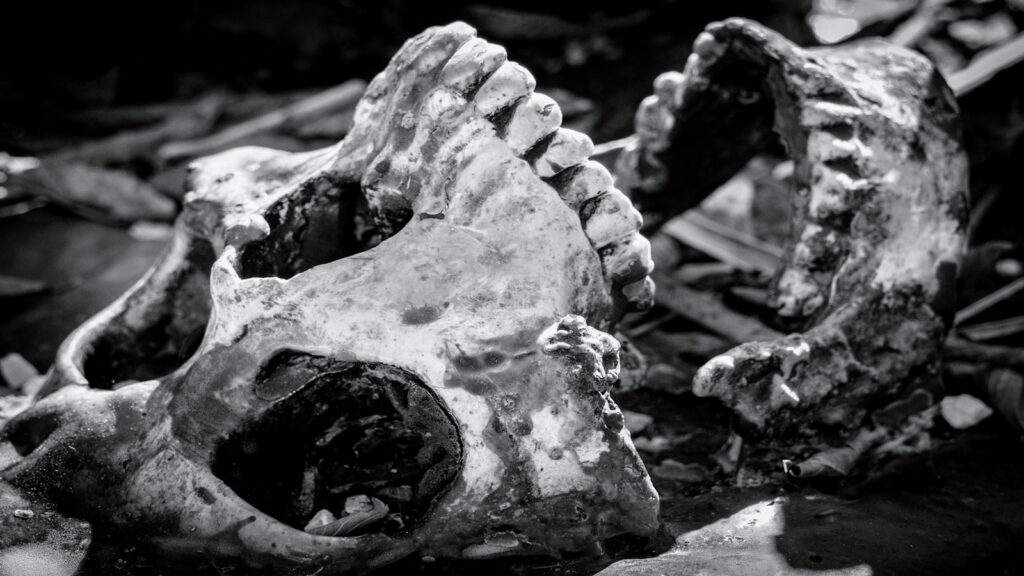
The contentious early reception of dinosaur discoveries established scientific and cultural patterns that continue to influence paleontology today. The fierce priority disputes of the Bone Wars established precedents for naming conventions and publication practices that modern paleontologists still follow, albeit with stricter ethical guidelines. Early tensions between religious and scientific interpretations evolved into more sophisticated debates about how science and faith relate to understanding Earth’s history, with many religious traditions now accommodating ancient fossils within their worldviews. The public fascination sparked by those first dinosaur descriptions has developed into a global phenomenon that provides crucial support for paleontological research while creating occasional tensions between scientific accuracy and popular appeal. Perhaps most significantly, the dramatic revision of early dinosaur interpretations—from lumbering reptiles to dynamic, diverse creatures—established paleontology as a field where prevailing views must remain open to revision based on new evidence. This scientific humility represents the most important legacy of those early controversies, reminding modern researchers that today’s scientific certainties may become tomorrow’s outdated theories as investigation continues.
Conclusion

The scientific reaction to the first dinosaur descriptions represents a fascinating chapter in the history of science—a period when revolutionary discoveries forced researchers to reconsider fundamental assumptions about Earth’s past. From initial confusion and religious opposition to the eventual acceptance of these extraordinary creatures, the story illustrates how scientific understanding advances through evidence, debate, and occasional controversy. While early interpretations contained many errors by modern standards, they laid essential groundwork for our current understanding of dinosaurs. Today’s paleontologists continue this tradition of discovery and reinterpretation, building upon a scientific journey that began with those first puzzling fossils that so challenged the scientific community nearly two centuries ago.

